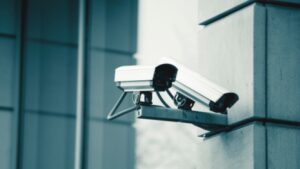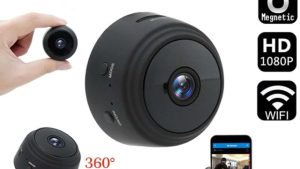Utilize extremely high liquid (covering) pressures (1,000-3,000 psig) to accomplish atomization. These firearms are utilized for high volume covering stream rates as opposed to for top notch wraps up. Airless shower firearms are utilized to paint structures, houses, ships, spans, capacity tanks, from there, the sky is the limit. Since it is by and large challenging to control film thickness to 1.0-1.5 mils (as is normal for modern completions), airless weapons are much of the time prohibited under air contamination guidelines for modern applications. These weapons force paint under tension through a little hole in the firearm, atomizing it in a similar way as a spout joined to a nursery hose atomizes water. After rising up out of the hole, the enormous inner tension causes the paint stream to blow separated into atomized paint spray gun beads. The thickness of the paint, the size of the opening and water driven pressure decide the speed at which the liquid rises up out of the weapon. Dissimilar to air-atomized showering, where packed air gives a more noteworthy speed to covering beads, causing overspray and blow-back, airless splashing decreases overspray and blow-back. Just their own energy (not packed air) impels the drops. This records to some degree for the higher exchange proficiency. Warming the coatings applied via airless shower, utilizing in-line radiators, has a similar impact as adding solvents — it brings down thickness. In this manner hot airless splashing can apply paint at lower liquid strain. The covering consistency, measure of dissolvable required and overspray are similarly diminished. Higher-consistency paints, utilizing less dissolvable, can be splashed. Subsequently, getting done with hot airless splash gear diminishes air contamination and diminishes how much covering buildup requiring removal. It additionally makes up for occasional changes in encompassing temperatures.




